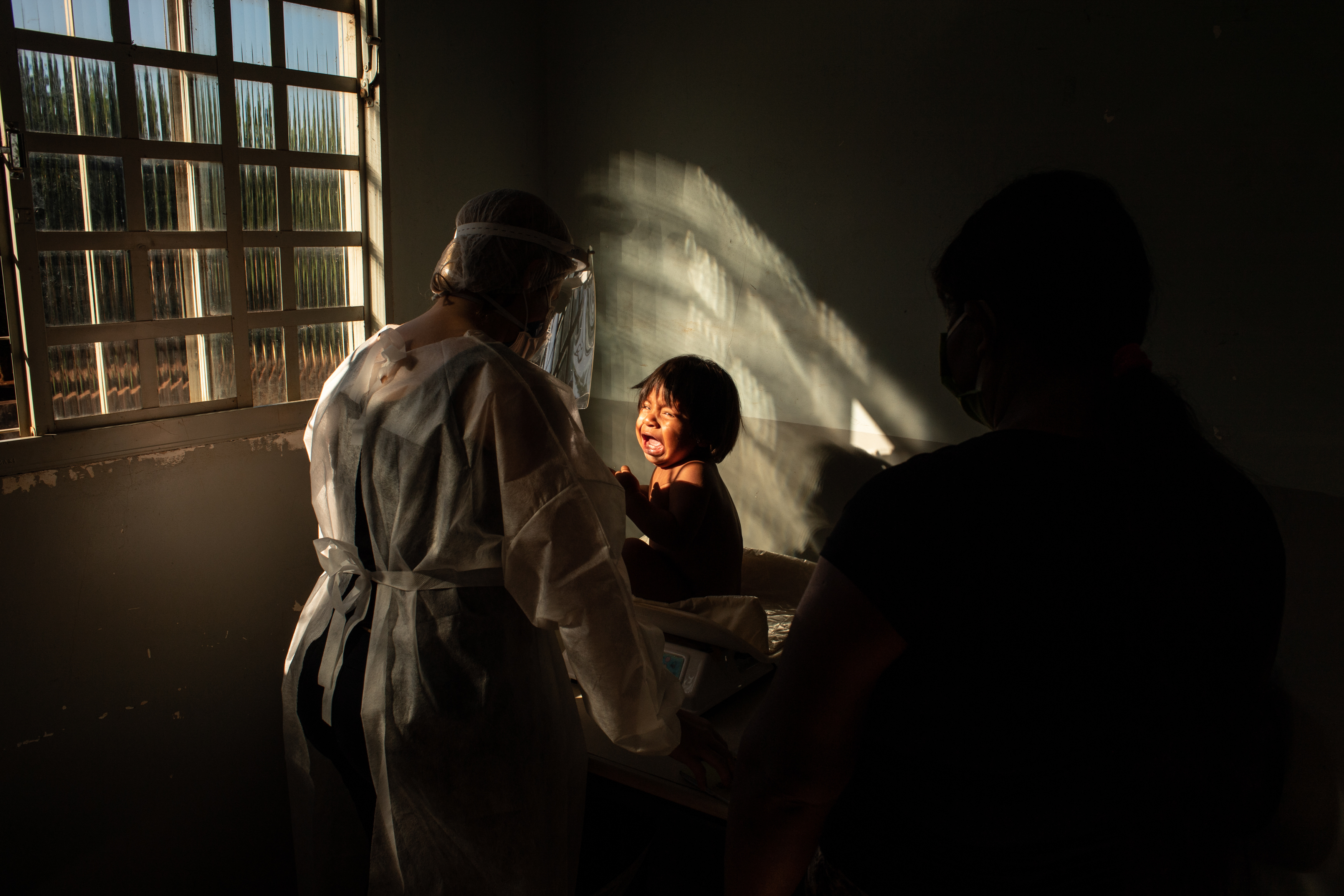A massive earthquake hit the country on 12th of January 2010 leaving about 300,000 dead people and an unidentified number of injured. Hundreds of thousands of survivors were displaced.
The collapsed buildings defining the landscape of the disaster area came as a consequence of Haiti’s lack of building codes. Without adequate reinforcement, the buildings disintegrated under the force of the quake, killing or trapping their occupants. In Port-au-Prince the cathedral and the National Palace were both heavily damaged, as were the United Nationsheadquarters, national penitentiary, and parliament building. The city, already beset by a strained and inadequate infrastructure and still recovering from the two tropical storms and two hurricanes of August–September 2008, was ill-equipped to deal with such a disaster. Other affected areas of the country—faced with comparable weaknesses—were similarly unprepared.
In the aftermath of the quake, efforts by citizens and international aid organizations to provide medical assistance, food, and water to survivors were hampered by the failure of the electric power system (which already was unreliable), loss of communication lines, and roads blocked with debris. A week after the event, little aid had reached beyond Port-au-Prince; after another week, supplies were being distributed only sporadically to other urban areas. Operations to rescue those trapped under the wreckage—which had freed over 100 people—had mostly ceased two weeks into the crisis, as hope that anyone could have survived for that length of time without food or water began to fade. However, there were still occasional recoveries of people who had managed to survive such confinement for weeks by rationing the meagre supplies available to them.
It was estimated that some three million people were affected by the quake—nearly one-third of the country’s total population. Of these, over one million were left homeless in the immediate aftermath. In the devastated urban areas, the displaced were forced to squat in ersatz cities composed of found materials and donated tents. Looting—restrained in the early days following the quake—became more prevalent in the absence of sufficient supplies and was exacerbated in the capital by the escape of several thousand prisoners from the damaged penitentiary. In the second week of the aftermath, many urbanites began streaming into outlying areas, either of their own volition or as a result of governmental relocation programs engineered to alleviate crowded and unsanitary conditions.
Because many hospitals had been rendered unusable, survivors were forced to wait days for treatment and, with morgues quickly reaching capacity, corpses were stacked in the streets. The onset of decay forced the interment of many bodies in mass graves, and recovery of those buried under the rubble was impeded by a shortage of heavy-lifting equipment, making death tolls difficult to determine. Figures released by Haitian government officials at the end of March placed the death toll at 222,570 people, though there was significant disagreement over the exact figure, and some estimated that nearly a hundred thousand more had perished. In January 2011, Haitian officials announced the revised figure of 316,000 deaths. The draft of a report commissioned by the U.S. government and made public in May 2011 drastically revised the estimate downward to no more than 85,000. Officials from the U.S. Agency for International Development (USAID) later acknowledged inconsistencies in data acquisition. Given the difficulty of observing documentation procedures in the rush to dispose of the dead, it was considered unlikely that a definitive total would ever be established.



